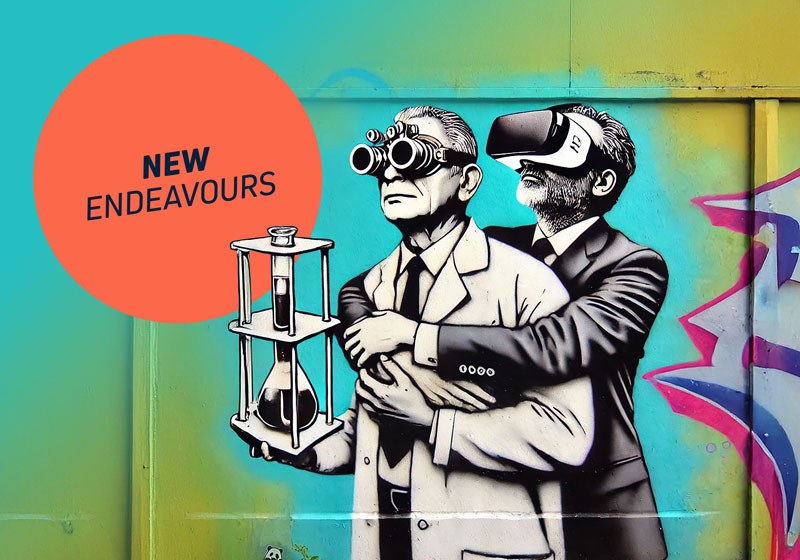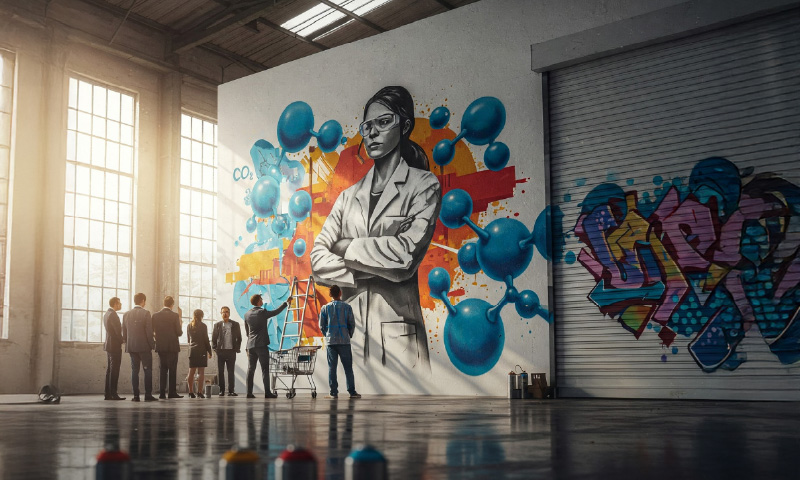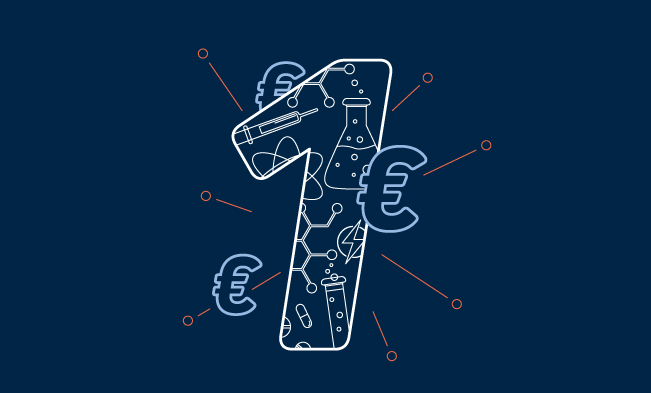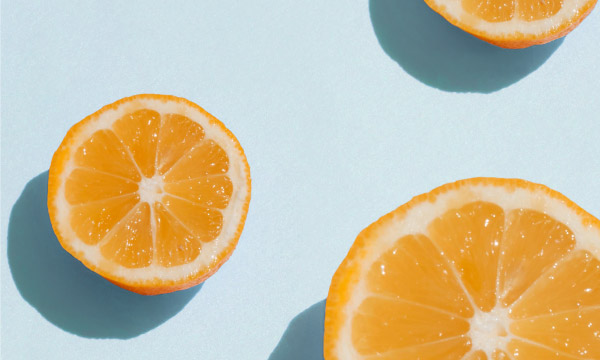Hightech & Humus
Science for Everyone – A New Agriculture
At Damianshof farm in Rommerskirchen, tradition meets innovation. Sixth-generation farmer Bernd Olligs blends deep-rooted agricultural expertise with cutting-edge technology—driven by a relentless passion to push boundaries. In close collaboration with scientists, he’s turning sustainable farming into a living, evolving practice.
July 2025
How a German farm and a digital twin are rethinking agriculture from the ground up
At first glance, Bernd Olligs looks like any traditional farmer, surveying his fields of barley and rapeseed under a wide Rhineland sky. But look closer, and you’ll find precision technology guiding his tractors, digital sensors embedded in the soil, and cutting-edge science just a few taps away.
Olligs is no ordinary farmer. "I'm never done asking how to make something better — even when it’s already good", he says. He represents the sixth generation to run Damianshof — and brings to it not only tradition and deep-rooted knowledge, but also technological precision, strategic thinking, and a finely tuned instinct for soil and crops. For him, science is a sparring partner. A counterpart that challenges ideas, backs them with data, or helps refine them further.
About 30 kilometers away, Dr. Felix Bauer is seated at his desk at Forschungszentrum Jülich. On his screen: a high-resolution model of Damianshof, Olligs’ farm. Using the AgroC agroecosystem model, Bauer and his colleagues have built a digital twin — a virtual replica of the land, populated with detailed soil and crop data, spatial parameters, and climatic conditions. “This model allows us to simulate how farming decisions — and even climate change — will affect the land over time,” says Bauer. “We can see, for example, how targeted practices might improve soil fertility or contribute to climate protection by storing more carbon.”
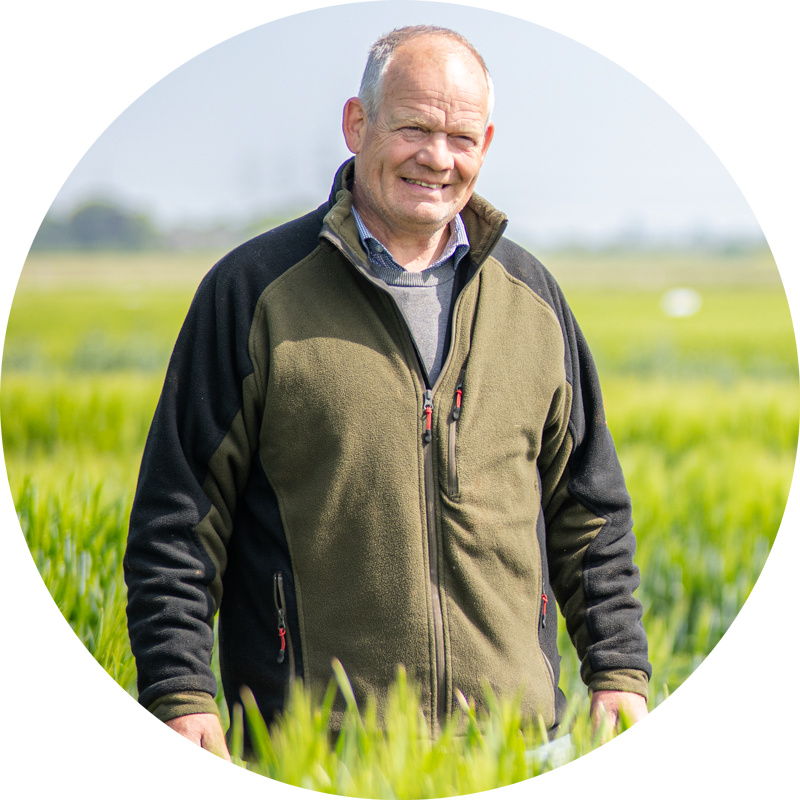
»I'm never done asking how to make something better — even when it’s already good.«
Bernd Olligs
Bernd Olligs, sixth-generation farmer, Damianshof
A Model Farm for a Changing World
The digital twin is part of ReGenFarm, a joint project by the Crop Science Division of Bayer AG and Forschungszentrum Jülich. Olligs’ farm plays a central role — it’s a model operation in Bayer’s ForwardFarming initiative, designed to test future-proof agricultural methods under real-world conditions.
At Damianshof, science meets practice. The farm serves as a living laboratory for how sustainability, productivity, and environmental protection can go hand in hand. Olligs trials methods that aim to balance these forces, refining them with both data and experience.
“This isn’t a tool that tells us what to do,” Olligs emphasizes. “It helps us test and improve the ideas we already have.” That approach is paying off. “Damianshof is a strong example of how modern agriculture can function,” says Bauer. “It’s an ideal place to generate reliable, practical insights — and because of the digital twin, those insights are scalable far beyond this one farm.”
Bayer ForwardFarming: Putting Sustainability into Practice at Damianshof, Rommerskirchen
»Damianshof is a strong example of how modern agriculture can function«
Dr. Felix Bauer
Scientists at the Institute of Bio- and Geosciences: Agrosphere
(IBG-3)
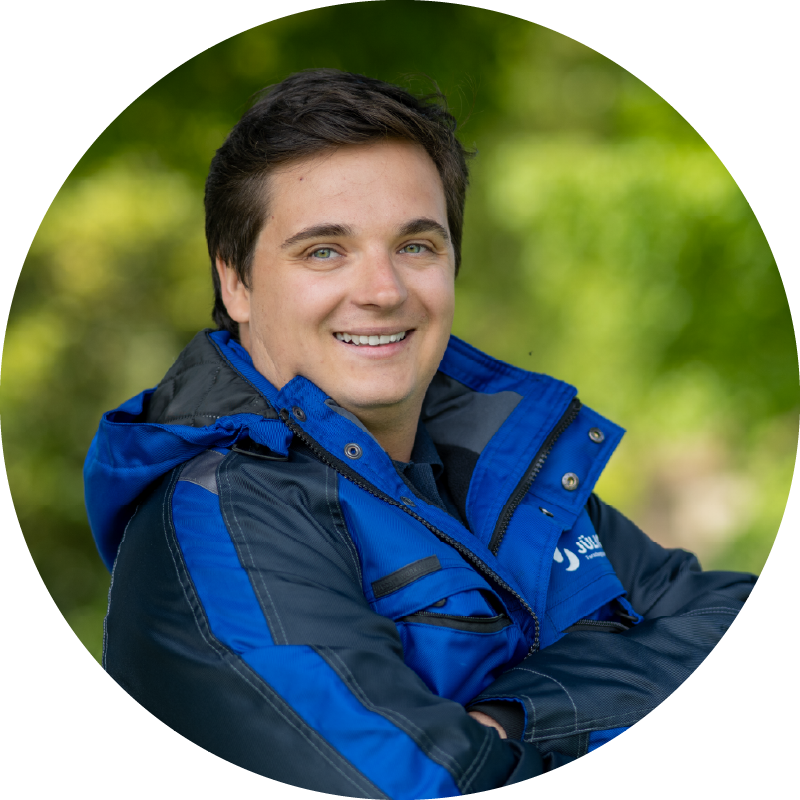
Tackling Complexity, Sharing Responsibility
Olligs isn’t alone in facing rising expectations: around the world, farmers are grappling with the same questions. How do we adapt to climate change? How do we meet new standards for sustainability while remaining productive? “Field management is getting more and more complex,” he says. That’s why collaboration is critical.
The joint project with Bayer and Jülich helps him assess the long-term impacts of his decisions — not just on yields, but on ecosystems. Olligs takes that responsibility personally. “I don’t want my grandchildren to have to say their grandfather didn’t try. Or worse, that he made the wrong choices.”
Precision in Practice
At Damianshof, nothing is left to chance. After harvest, Olligs sows cover crops as part of a sophisticated crop rotation plan — one designed to optimize land use while farming sustainably. The benefits: better humus formation, erosion control, and improved soil structure.
He also uses organic fertilizers like manure and composted mushroom soil, returning carbon to the ground and enhancing fertility. Stress-tolerant crop varieties with improved root systems help sequester carbon and boost resilience. A digital app provides real-time data on soil moisture, temperature, and pest activity — and delivers tailored recommendations for each field. But the final decisions rest with Olligs himself. “I use the data, but I combine it with what I know,” he says. “That’s where innovation really happens.”
A Political and Scientific Showcase
Damianshof’s efforts haven’t gone unnoticed. In April 2024, Silke Gorißen, North Rhine-Westphalia’s Minister of Agriculture, visited the farm. “Future-ready agriculture is digital, diverse, and sustainable,” she said. “Damianshof shows that innovation and conservation can go hand in hand.”
Raphael Dumain, Global Head of External Innovation & Partnerships at Bayer Crop Science, agrees: “We want to move agriculture forward — in Germany, across Europe, and around the world. To do that, we need modern, innovation-friendly environments.” At Damianshof, that environment is already taking root — one decision, one experiment, one season at a time. “We farmers have to move with the times,” Olligs says. “We carry a responsibility. And standing still has never been part of the crop rotation.”
Dr. Felix Bauer & Dr. Cosimo Brogi
At the Institute of Bio- and Geosciences: Agrosphere (IBG-3), they develop digital twins for regenerative agriculture—ensuring soils do much more than just produce yields.

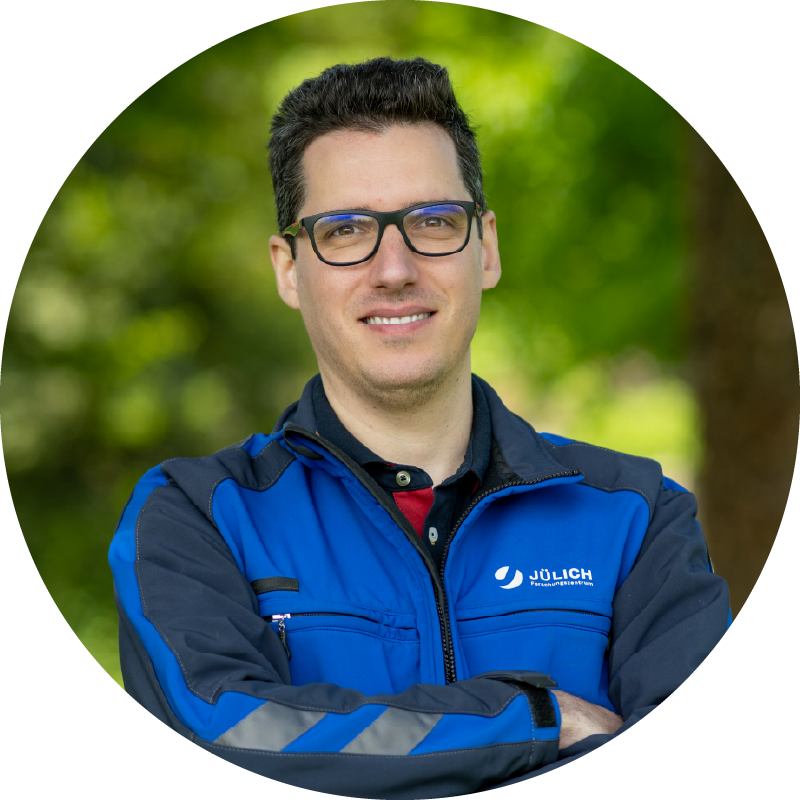
Explore Technology Transfer at the Institute of Bio- and Geosciences: Agrosphere
Image: Forschungszentrum Jülich / Monika Buglowski
Dive deeper into the current issue
When research, industry, and society unite their perspectives, they create solutions greater than the sum of their parts.
In the Endeavours magazine, discover how co-creation works — through real stories of collaboration, pioneering spirit, and successful transfer.


